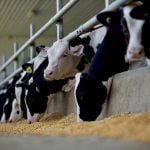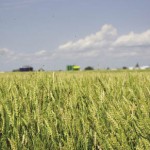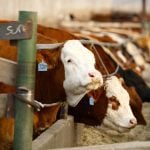
Features
Testing for aphanomyces

Crop trials show profit-raising products
Field trials give farmers a chance to see a product’s real in-field results
Integrated pest management
Integrated techniques offer farmers a bigger toolbox for pest control

Taking the count
The first part of deciding whether or not you need to spray your field is getting an accurate pest count

How to find lygus bugs
Lygus bugs can cause extensive crop damage. Scout for them in your canola crops

Using alfalfa to solve pitfalls
When canola and wheat prices are falling, consider the benefits of alfalfa

Changing grasshopper species
The difference between grasshoppers that damage crops, those that don't, and when to check

Getting those grasshoppers
Most areas won’t have grasshopper problems in 2014. But there are some places where farmers should hone their identification skills

Mixing corn hybrids to increase yield
There may be advantages to mixing corn hybrids, but it’s not recommended practice in Manitoba

Swede midge life cycle
Understanding the swede midge’s life cycle is the first step on the way to controlling this new pest


